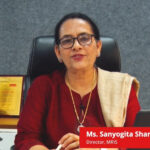THE TRAILING WHISPERS || MENTORS OPINE || EPISODE 5
Building a Robust Future: The Effects of Climate Change and Sustainable Solutions
Do read the post below to understand how to build a robust future for our children and meet the challenges of climate change.
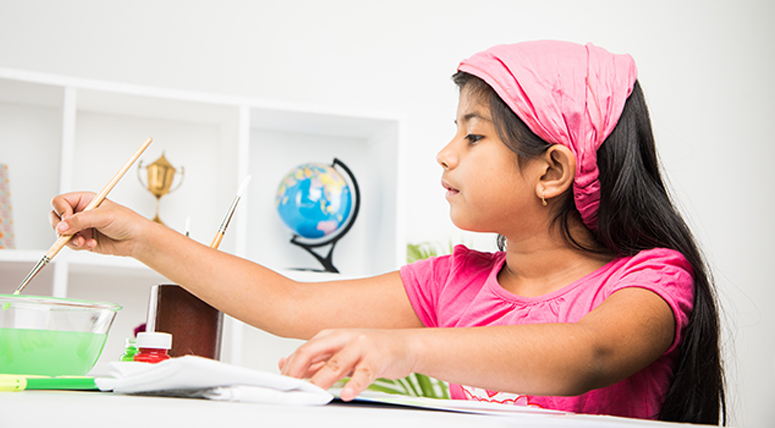
“The biggest threat to human life in the brief history of this planet has been climate change. Nobody is able to avoid the consequences in any way”
“Shouldn’t your children be free from health issues arising from climate change during exams?”
“Do changes in season affect your wards adversely while appearing for tests?”
During Exam Times, Mentors of Manav Rachna International School, the best International School, have to prioritize children’s safety by providing a conducive study environment with minimal distractions. Ensuring sufficient sleep, balanced nutrition, and regular hydration, supporting mental health and physical well-being is extremely important. Encouraging breaks and physical activity to prevent burnout is mandatory. Open communication with guardians and mentors to address any concerns, introducing mindfulness, meditation and yoga for stress management is also advocated.
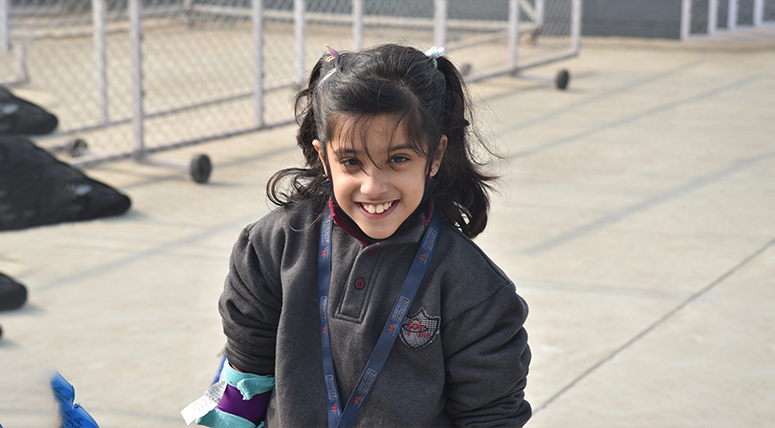
For battling climate changes’ consequences, teach the young ones about being responsible to the environment, promoting sustainable practices, and engaging in community initiatives. Eco-friendly habits and empowering students to contribute to climate action leads to a supportive study environment with climate awareness. This way, we can safeguard both their academic success and future well-being.
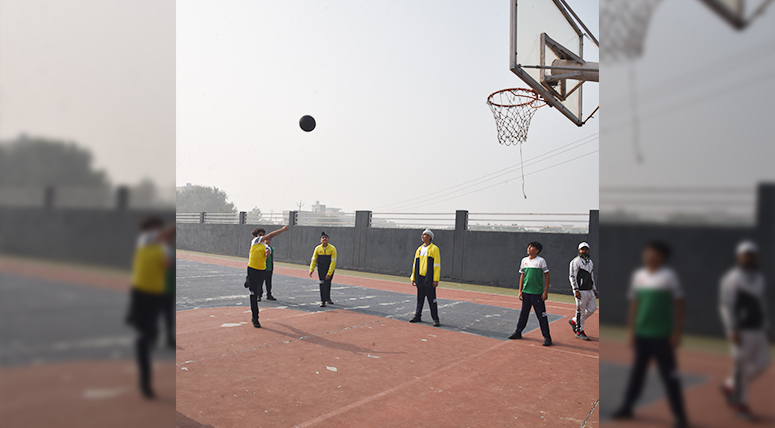
Climate change is the continuing modification of weather patterns from the tropics to the poles. It is a global threat that has begun to exert pressure on a variety of industries. The main cause of the recent increase in Earth’s climate change severity is the actions of humans. Scientific research agrees that if carbon emissions fail to decline, global warming will occur by several degrees Celsius by 2100, which will present serious risks to the environment and human society at all levels.
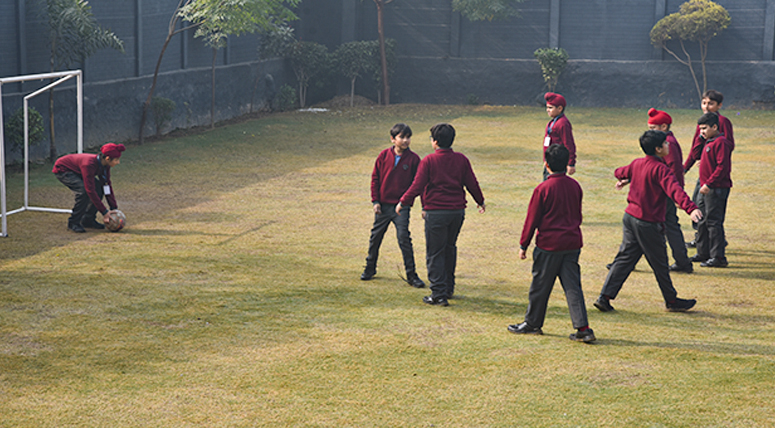
The agricultural sector’s vulnerability is a global problem, as sufficient productivity and food supply are challenged by irreversible weather variations. As a result, it is challenging global feeding habits, particularly in nations where agriculture is an important element of the economy and overall productivity. The integrity and survival of many species have also been threatened by changes in the climate because of variations in the ideal temperature range, which hastened the loss of biodiversity by progressively changing ecosystem processes. Certain nutritional, waterborne, and vector-borne illnesses—like the most recent coronavirus pandemic—are more likely to emerge as a result of climate change. The problem of antimicrobial resistance poses an increasing risk to human health because resistant pathogenic illnesses are more common, and is further worsened by climate change. Furthermore, when undesirable tourist sites are harmed by climate change, the worldwide tourism economy is destroyed.
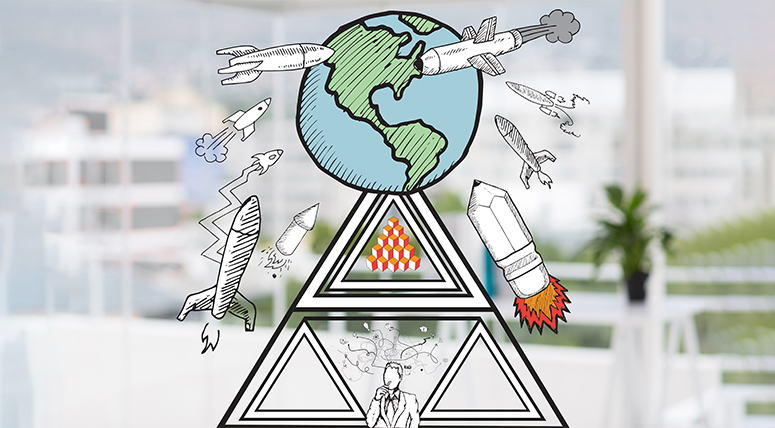
The sustainability of the natural environment over the long term is an issue of environmental sustainability. This entails protecting the ecosystem in its whole, including its natural resources, such as oxygen-rich air and water, and its fauna for future generations. To ensure environmental sustainability, businesses, governments, people, and educational institutions may all make a contribution. The interwoven challenges of climate change and sustainability affect global discussions about our planet’s future. Sustainable conduct is vital given the dire consequences of climate change, which is primarily the product of human activity.
Schools play a critical role in the battle against climate change, not because they are a problem sector—far from it—but rather because they are excellent at bringing about social change. Since one in six individuals visit schools during the school day, messages about sustainability that originate in schools have a very wide audience.
Manav Rachna Educational Institutions believes that people can be inspired to alter their attitudes and behaviors via education, which also enables them to make more informed decisions. Youth can be educated about the effects of global warming and how to adjust to changing climate conditions in school. Everyone benefits from education, but young people are more inspired to act by it. Acquiring knowledge of the facts aid in dispelling the anxiety surrounding a topic that is often tinged with negativity in public discourse.
In addition to the curriculum, Manav Rachna International School is a sustainable educational institution that employs a “whole-school” strategy that covers every aspect of the design, management, and use of the building’s physical infrastructure. Lessening the school’s carbon footprint, improving community ties, and improving classroom sustainability instruction are all possible with policies that support school sustainability.
Manav Rachna International School, the top CBSE school in the city, encourages responsible attitudes and behavior by establishing ideals that support sustainable growth. They emphasize ‘learning by doing’ a lot and show how to apply best practices that can be duplicated on different scales. To improve communities and the environment, schools can promote sustainable development.
Manav Rachna International Schools, the Best CBSE school, encourages instructors to collaborate with students to incorporate sustainability into classroom operations. This involves conserving energy by turning off lights and computers, using paper and materials efficiently and recycling in the classroom and promotes zero-waste lunches. Running a lunchbox audit with their class can help children connect their real-world actions to their particular environmental effect! This type of research encourages youngsters to consider their own consumption from a more global and sustainable viewpoint. We adapted this assignment for older children as a STEM task. Students can research the phases of a food item’s life cycle that involve manufacture, packing, and disposal. In addition, they have the option to create and submit proposals for greener design concepts that can be used for presentation, manufacturing, or promotion.
Considering the intricate connection between sustainability and climate change, a comprehensive and integrated strategy is needed. Everyone needs to collaborate on a local, national, and international level to fight climate change. This entails adopting the ideas of the circular economy, encouraging resilience, and switching to sustainable agriculture and renewable energy. Although there are many issues, there is also a good likelihood that things will improve through invention, legislation, and human action. We can create a more resilient and peaceful future by adopting sustainability as a guiding concept, lessening the effects of climate change, and guaranteeing a healthy planet for coming generations.
ALSO READ – Exam Triumph: Master Generative AI!
ADMISSIONS OPEN: SESSION 2024-25 || EARLY YEARS || GRADE 1-1X & X1 || MANAV RACHNA INTERNATIONAL SCHOOL
Authored By: The Weather Masters, Manav Rachna International Schools


